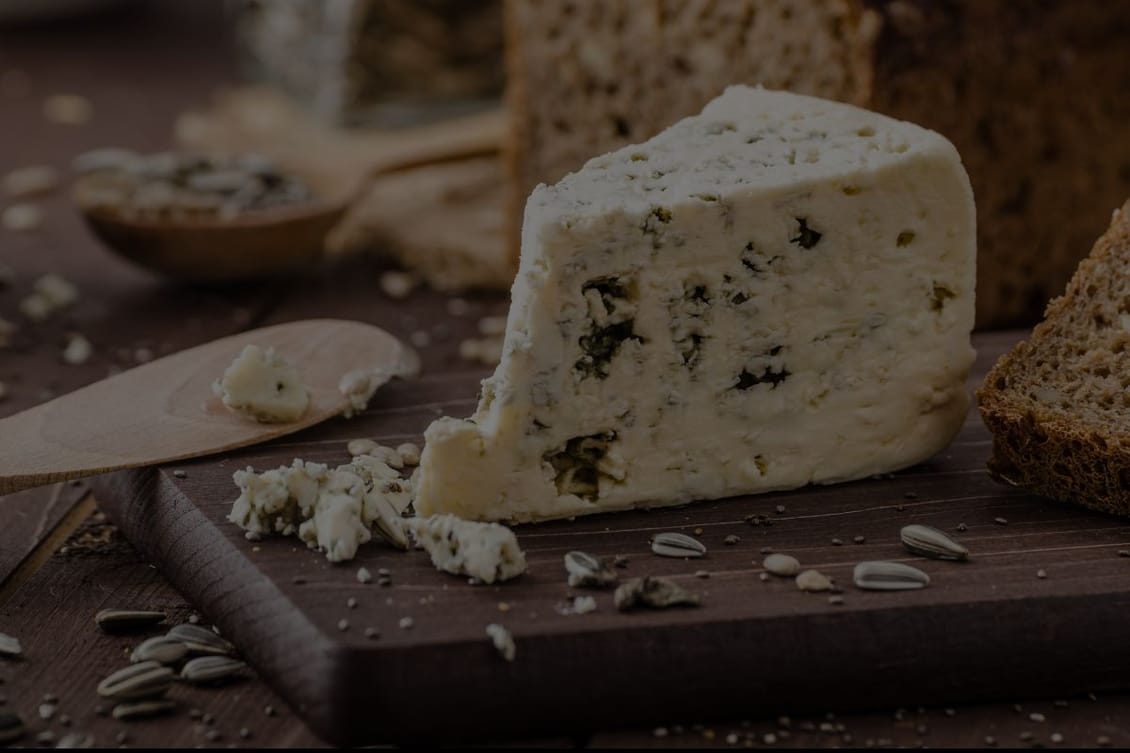
A big welcome to the 22 new foodies who have joined us this week — you’ve got good taste.
If you too have good taste then subscribe to The Sauce — InFlavour's content & insights community, run by global experts. Sink your teeth into stories about food, worth sharing, and receive insights, ideas, opinions, trends, and strategies straight to your inbox.
Keep up with our weekly newsletters on LinkedIn by subscribing here.
In February 2024, Japan released a list of about 40 iconic British food products to be given protected status in the country. The protections are designed to guarantee the ‘quality and excellence’ of these products, and make it difficult for food producers to create counterfeit or copycat versions.
One of the products on that list is Staffordshire Cheese. And for those not familiar with this crumbly, creamy dairy delight, we thought we’d share the (actually quite surprising) story behind it.
According to the British government, Staffordshire Cheese was first created by Cistercian monks who settled in Leek (in the county of Staffordshire) in the 13th century.
Their lives revolved around prayer, study, and work – and because they aimed to be self-sufficient, their skill sets included growing food, making pots, baking bread, brewing beer, and making cheese.
So when they arrived in the county, they brought their cheesemaking skills with them.
Staffordshire’s climate is warm and wet, with carboniferous limestone terrain which allows for thriving, lush grazing pastures. It’s those pastures that produce the particularly creamy texture of the milk that’s used to make Staffordshire Cheese.
The properties of Staffordshire pasture grass are essential for this cheese, and all milk and cream used in Staffordshire Cheese production must be produced from cows that have grazed on it. Even in winter, the cows’ diet is mostly silage from maize and grass grown in Staffordshire soil.
The raw milk is chilled overnight, and then Staffordshire cream is added to the milk on the second day, and stirred for 15 minutes. It’s then pasteurised at a high temperature for 15-20 seconds before being pumped into a cheese vat, where temperatures are adjusted and mixed starter cultures are added.
The process continues (we won’t tell you every step, because we’re guessing you’re not going to go and make cheese after reading this newsletter), and finally the cheese curds are hand-filled into stainless steel moulds lined with muslin cloth. After being pressed overnight, the cheeses are stored on shelves and turned every day for a week – and the cheese can then be matured for up to a year before it’s eaten.
Staffordshire Cheese was produced until World War II – when the Milk Marketing Board’s central milk gathering policy meant that many national cheeses were no longer made.
But in 2007, Staffordshire Cheese was awarded Protected Designation of Origin status by the European Union, marking a significant turning point for the cheese as an internationally recognised item; and contributing to a spike in its popularity and production.
Since the UK left the EU, some countries have given protected status to certain British food products. And the protection of Staffordshire Cheese in Japan is a new step in the long journey of this cheese; from self-sufficient monks to global recognition.
The resilience of Staffordshire Cheese over the years isn’t something to sniff at – because cheeses do go extinct.
Right now, there are fears that two popular cheeses, Brie and Camembert, could be facing their final days because the fungus that forms on them (originally developed in France) may be dying out.
So it’s worth celebrating the resurgence of a cheese like the Staffordshire – and its recognition as an iconic product in markets around the world.
If you want to stay ahead of the latest developments in F&B, register now to attend InFlavour 2024. We can’t wait to see you there.
Take your seat at the InFlavour table, a government-backed and world-leading B2B food event by Tahaluf.
E-mail address SubmitWant to keep up to date with all our latest news and information? Enter your name below to be added to our mailing list.
E-mail address Submit